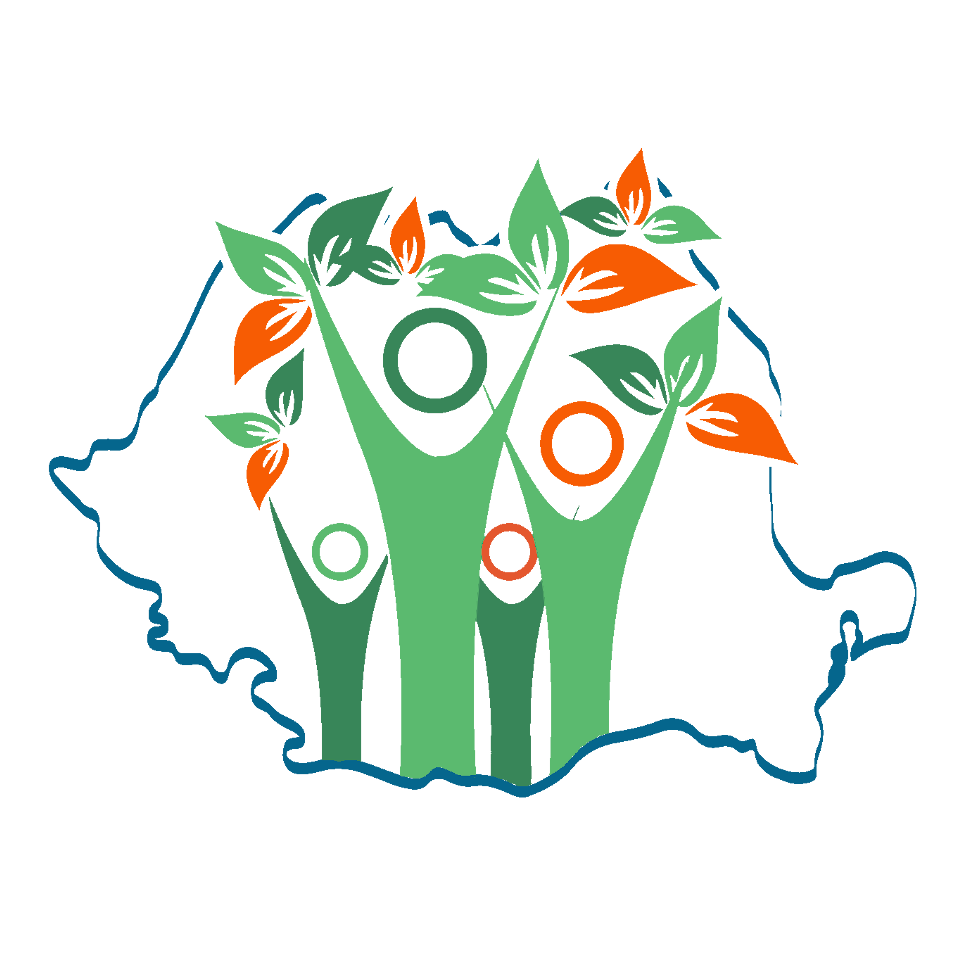In 2015, world leaders adopted the Sustainable Development Goals (SDGs), a universal call to action to end poverty, protect the planet, and ensure prosperity for all by 2030. These 17 interconnected goals serve as a blueprint for a more sustainable, equitable, and prosperous world.
1. No Poverty (Goal 1)
Eradicating poverty in all its forms is the overarching aim. This includes addressing social disparities, promoting equal economic opportunities, and ensuring access to basic needs for all.
2. Zero Hunger (Goal 2)
Ending hunger, achieving food security, improving nutrition, and promoting sustainable agriculture are key aspects of this goal, ensuring everyone has access to nutritious food.
3. Good Health and Well-being (Goal 3)
Promoting healthy lives and well-being for all, ensuring access to healthcare services, and working towards disease prevention and treatment are crucial components.
4. Quality Education (Goal 4)
Ensuring inclusive and quality education for all, promoting lifelong learning opportunities, and striving for equitable access to education are the fundamental pillars of this goal.
5. Gender Equality (Goal 5)
Achieving gender equality and empowering all women and girls by eliminating discrimination, ensuring equal opportunities, and promoting participation in decision-making processes.
6. Clean Water and Sanitation (Goal 6)
Ensuring access to clean water and sanitation for all, promoting sustainable water use, and improving water quality are essential aspects of this goal.
7. Affordable and Clean Energy (Goal 7)
Promoting sustainable energy sources, ensuring access to affordable and clean energy, and enhancing energy efficiency to mitigate climate change.
8. Decent Work and Economic Growth (Goal 8)
Creating decent work opportunities, fostering inclusive economic growth, and promoting entrepreneurship while ensuring fair labor practices and a safe work environment.
9. Industry, Innovation, and Infrastructure (Goal 9)
Building resilient infrastructure, fostering innovation, and promoting sustainable industrialization to support economic growth and development.
10. Reduced Inequalities (Goal 10)
Reducing inequalities within and among countries, addressing income disparities, social exclusion, and discriminatory practices.
11. Sustainable Cities and Communities (Goal 11)
Creating inclusive, safe, resilient, and sustainable cities and communities through urban planning, efficient resource use, and improved infrastructure.
12. Responsible Consumption and Production (Goal 12)
Promoting sustainable consumption and production patterns, reducing waste generation, and ensuring responsible use of resources.
13. Climate Action (Goal 13)
Taking urgent action to combat climate change and its impacts by mitigating greenhouse gas emissions and promoting resilience.
14. Life Below Water (Goal 14)
Conserve and sustainably use the oceans, seas, and marine resources to prevent marine pollution and protect marine biodiversity.
15. Life on Land (Goal 15)
Protect, restore, and sustainably use terrestrial ecosystems, halt biodiversity loss, and combat desertification and land degradation.
16. Peace, Justice, and Strong Institutions (Goal 16)
Promote peaceful and inclusive societies, provide access to justice for all, and build effective, accountable, and inclusive institutions at all levels.
17. Partnerships for the Goals (Goal 17)
Strengthening global partnerships to achieve the SDGs, mobilizing resources, and promoting inclusive and sustainable development.
The SDGs are interconnected, and progress in one goal often supports progress in others. Each individual, community, government, and organization has a role to play in achieving these goals and creating a more sustainable future for generations to come. Together, we can turn these global aspirations into local actions that leave a lasting impact on our planet and its people.
By: Islam Tahiri




Trebuie să fii autentificat pentru a publica un comentariu.